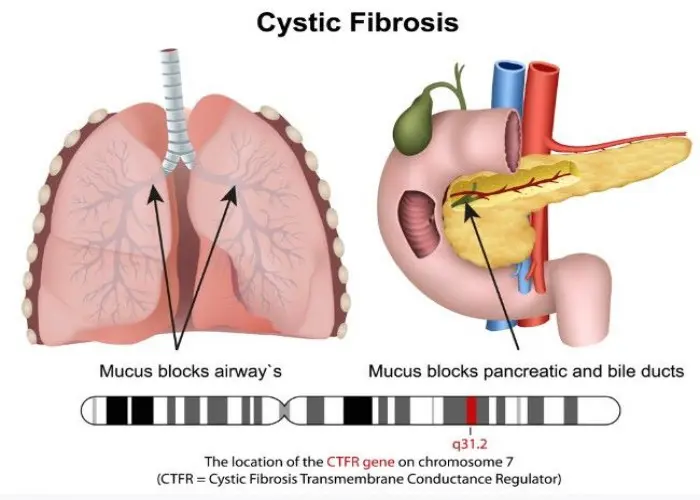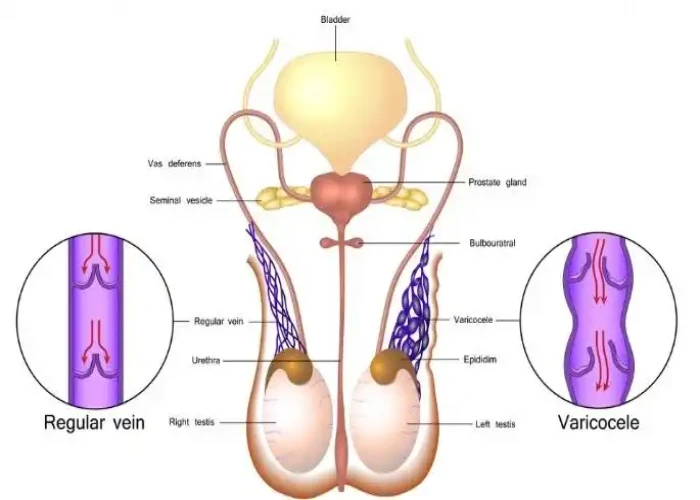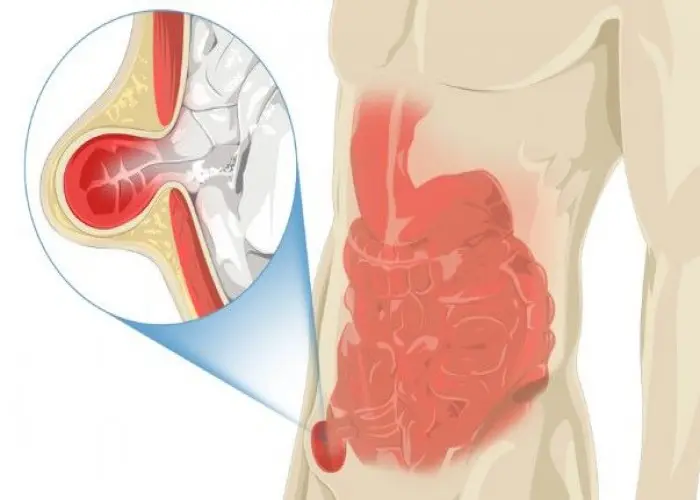 Welcome
Welcome
“May all be happy, may all be healed, may all be at peace and may no one ever suffer."
Sleepwalking

Sleepwalking, also known as somnambulism, is a sleep disorder characterized by complex motor behaviors and actions that occur during non-REM sleep. Sleepwalkers can perform activities such as walking, talking, and eating while they are asleep, and they usually have no recollection of these actions when they wake up. Sleepwalking episodes can be triggered by factors such as stress, sleep deprivation, alcohol consumption, and certain medications. Treatment for sleepwalking may involve addressing any underlying medical or psychological conditions, improving sleep hygiene, and taking measures to ensure the safety of the sleepwalker and others around them during episodes, such as locking doors and windows or removing any potential hazards from the sleepwalker's environment. In some cases, medication may be prescribed to help manage sleepwalking.
Research Papers
Disease Signs and Symptoms
- Sleepwalking
- Sleep terrors (night terrors)
- Be difficult to wake up during an episode
- Be disoriented or confused for a short time after being awakened
- Have problems functioning during the day because of disturbed sleep
- Engage in unusual behavior, such as urinating in a closet
- Engage in sexual activity without awareness
- Get injured, for example, by falling down the stairs or jumping out a window
- Become violent during the period of brief confusion immediately after waking or, occasionally, during sleepwalking
Disease Causes
Sleepwalking
Sleepwalking is classified as a parasomnia — an undesirable behavior or experience during sleep. Sleepwalking is a disorder of arousal, meaning it occurs during N3 sleep, the deepest stage of non-rapid eye movement (NREM) sleep. Another NREM disorder is sleep terrors, which can occur together with sleepwalking.
Many factors can contribute to sleepwalking, including:
- Sleep deprivation
- Stress
- Fever
- Sleep schedule disruptions, travel or sleep interruptions
Sometimes sleepwalking can by triggered by underlying conditions that interfere with sleep, such as:
- Sleep-disordered breathing — a group of disorders featuring abnormal breathing patterns during sleep (for example, obstructive sleep apnea)
- Taking certain medications, such as hypnotics, sedatives or certain medications used for psychiatric disorders
- Substance use, such as alcohol
- Restless legs syndrome
- Gastroesophageal reflux disease (GERD)
Disease Prevents
Disease Treatments
Treatment for occasional sleepwalking usually isn't necessary. In children who sleepwalk, it typically goes away by the teen years.
If sleepwalking leads to the potential for injury, is disruptive to family members, or results in embarrassment or sleep disruption for the person who sleepwalks, treatment may be needed. Treatment generally focuses on promoting safety and eliminating causes or triggers.
Treatment may include:
- Treating any underlying condition, if the sleepwalking is associated with sleep deprivation or an underlying sleep disorder or medical condition
- Adjusting medication, if it's thought that the sleepwalking results from a drug
- Anticipatory awakenings — waking the person who is sleepwalking about 15 minutes before he or she usually sleepwalks, then staying awake for a few minutes before falling asleep again
- Medication — such as benzodiazepines or certain antidepressants
- Learning self-hypnosis — when done by a trained professional who is familiar with parasomnias, people who are receptive to suggestions during hypnosis may benefit by achieving a deep state of relaxation through which a change in unwanted activities during sleep is promoted
- Therapy or counseling — a mental health professional can help with suggestions for improving sleep, stress-reduction techniques, self-hypnosis and relaxation
Disease Diagnoses
Disease Allopathic Generics
Disease Ayurvedic Generics
Disease Homeopathic Generics
Disease yoga
Sleepwalking and Learn More about Diseases

Cystic fibrosis

Osteosarcoma

Pyelitis

Varicocele

Rickets

Spinal cord tumor

Breast pain

Inguinal hernia
sleepwalking, ঘুমে হাটা
To be happy, beautiful, healthy, wealthy, hale and long-lived stay with DM3S.
